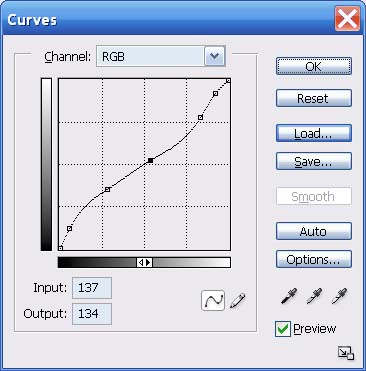blazing_grey
Still Fresh
- Joined
- Jul 13, 2013
- Messages
- 14
In my experience things like auto-backlighting exist not because any user likes them, but because they increase things like battery life numbers. So it looks to me that it's at least somewhat a marketing issue.
This said, I do notice a significant difference with my phone's battery life when it's allowed to dim its screen as it pleases. One wonders why they don't just install an adequate battery to begin with, but then I suppose it'd bulge the pocket of my skinny jeans too much and/or not fit in a pocket with my Pandora...
This said, I do notice a significant difference with my phone's battery life when it's allowed to dim its screen as it pleases. One wonders why they don't just install an adequate battery to begin with, but then I suppose it'd bulge the pocket of my skinny jeans too much and/or not fit in a pocket with my Pandora...


